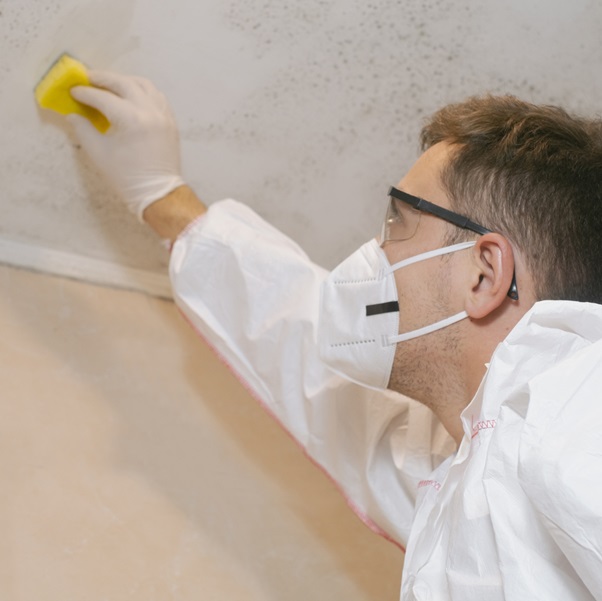Mould is a prevalent problem in many homes, frequently discovered hiding in moist, poorly aired spaces like walls and ceilings. Although it could appear to be only an aesthetic hassle, mould growth can seriously endanger residents’ health. Examine the several health hazards that come with having mouldy walls and ceilings, emphasising how urgent it is to take action to protect your respiratory and physical health.
1. Respiratory Issues
Mould presence on ceilings and walls can exacerbate respiratory problems, particularly in individuals with allergies or asthma. Mould releases spores into the air, which, when inhaled, can trigger allergic reactions and asthma attacks. Symptoms may include coughing, wheezing, shortness of breath, and chest tightness. For susceptible individuals, prolonged exposure to mouldy environments can lead to chronic respiratory issues and worsen existing conditions.
2. Allergic Reactions
Mould spores are known allergens that can cause allergic reactions in sensitive individuals. Common symptoms of mould allergies include sneezing, runny or stuffy nose, itchy eyes, throat irritation, and skin rashes. These symptoms can significantly impact one’s quality of life, causing discomfort and distress. Moreover, repeated exposure to mouldy ceilings and walls may heighten sensitivity, leading to more severe allergic reactions.
3. Fungal Infections
Certain types of mould, such as black mould (Stachybotrys chartarum), produce toxic compounds known as mycotoxins. Prolonged exposure to mycotoxins can weaken the immune system and increase susceptibility to fungal infections. Individuals with compromised immune systems, such as seniors, young children, and those with underlying health conditions, are particularly vulnerable. Fungal infections can affect various body parts, including the skin, lungs, and sinuses, leading to serious health complications if left untreated.
4. Irritation of the Eyes, Nose, and Throat
Mouldy ceilings and walls emit volatile organic compounds (VOCs) that can irritate the mucous membranes of the eyes, nose, and throat upon inhalation. Symptoms of VOC exposure may include eye redness, irritation, watery eyes, nasal congestion, sore throat, and coughing. These symptoms can be bothersome in indoor environments where ventilation is limited, allowing VOCs to accumulate and intensify discomfort.
ALSO READ: Tips to Prevent Mould from taking over your home

5. Neurological Symptoms
In some cases, exposure to mouldy environments has been linked to neurological symptoms such as headaches, dizziness, difficulty concentrating, and memory loss. While the exact mechanisms underlying these symptoms are not fully understood, some suggest that mycotoxins and other mould-related toxins may play a role in disrupting neurological function. Individuals experiencing persistent neurological symptoms in mouldy environments should seek medical evaluation to determine the appropriate action.
6. Exacerbation of Existing Health Conditions
Mould exposure can worsen pre-existing health conditions, including respiratory disorders, allergies, and immune system deficiencies. For individuals already managing chronic health issues, the presence of mouldy ceilings and walls can further compromise their well-being and impede recovery. Addressing mould-related concerns is essential for mitigating the heightening of existing health conditions and preventing further complications.
7. Long-Term Health Risks
Ignoring mould problems in ceilings and walls can have long-term consequences on health. Chronic exposure to mouldy environments has been associated with an increased risk of developing respiratory infections, asthma, bronchitis, and other respiratory diseases. Moreover, certain types of mould have been linked to more severe health outcomes, including neurological damage, organ toxicity, and even cancer. Therefore, taking proactive measures to address mould issues is crucial for safeguarding long-term health.
Conclusion
Mouldy walls and ceilings should never be understated because they provide adverse health risks. Prolonged mould exposure can have detrimental effects on health, ranging from neurological symptoms and fungal infections to respiratory problems and allergic reactions. Tenants and homeowners alike should quickly address mould issues by taking the proper preventative and cleanup steps. People may reduce the health hazards connected with mould and create a safer and healthier living environment for themselves and their families by guaranteeing that their interior spaces are dry and clean.
Visit Mouldgone to experience the relief of living in a healthy environment once again.









+ There are no comments
Add yours